PPT-Dissociation and the dissociative disorders
Author : stefany-barnette | Published Date : 2016-03-18
Martin Dorahy NZAP AGM May 8 th 2014 Nowadays Amnesia inability to recall seemingly unforgettable events Depersonalisation alterations in perception of self
Presentation Embed Code
Download Presentation
Download Presentation The PPT/PDF document "Dissociation and the dissociative disord..." is the property of its rightful owner. Permission is granted to download and print the materials on this website for personal, non-commercial use only, and to display it on your personal computer provided you do not modify the materials and that you retain all copyright notices contained in the materials. By downloading content from our website, you accept the terms of this agreement.
Dissociation and the dissociative disorders: Transcript
Download Rules Of Document
"Dissociation and the dissociative disorders"The content belongs to its owner. You may download and print it for personal use, without modification, and keep all copyright notices. By downloading, you agree to these terms.
Related Documents

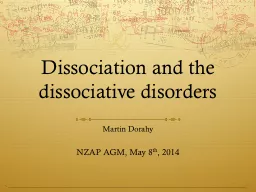
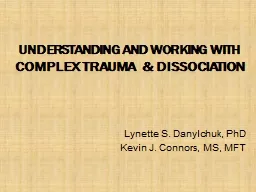
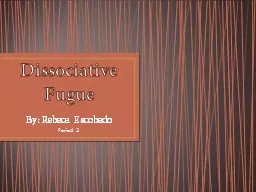
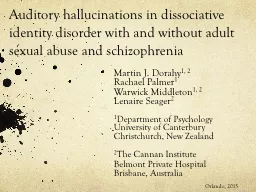
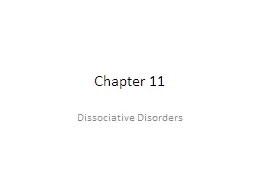
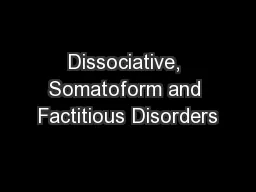

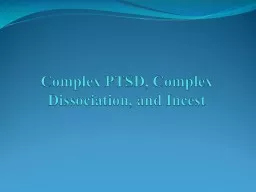
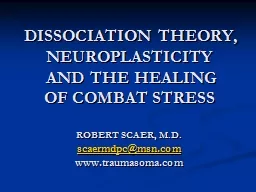
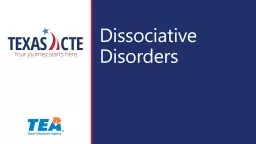
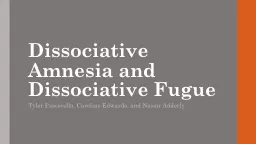
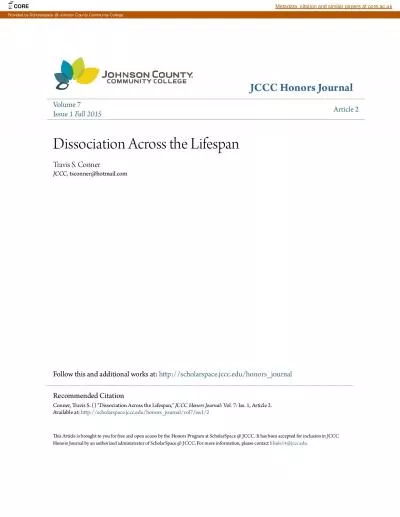
![Dissociative Disorders [Professor Name]](https://thumbs.docslides.com/1008994/dissociative-disorders-professor-name.jpg)
